Metal Cladding Solutions | Durable Wall Panels & Sheets
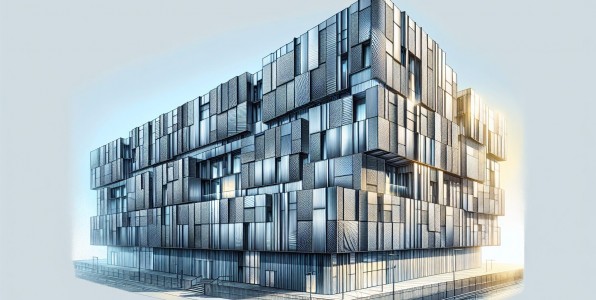
The post Metal Cladding Solutions | Durable Wall Panels & Sheets appeared first on UK Construction Blog.
Metal cladding shields buildings from weather and improves their look. This article dives into its benefits, types, and uses to help you see why it’s a popular choice for many structures.
Key Takeaways
- Metal cladding is highly durable, resistant to water damage, corrosion, fire, pests, and adverse weather, offering long-term savings and minimal maintenance needs.
- Various specifications and profiles, such as corrugated and box profile sheets in different gauges, provide flexibility for diverse applications from industrial to residential buildings.
- Finishes and coatings like PVC plastisol and powder coating enhance durability and aesthetics, and selecting the proper thickness is crucial for optimal performance depending on the intended use, such as roofing or wall cladding.
Advantages of Metal Cladding
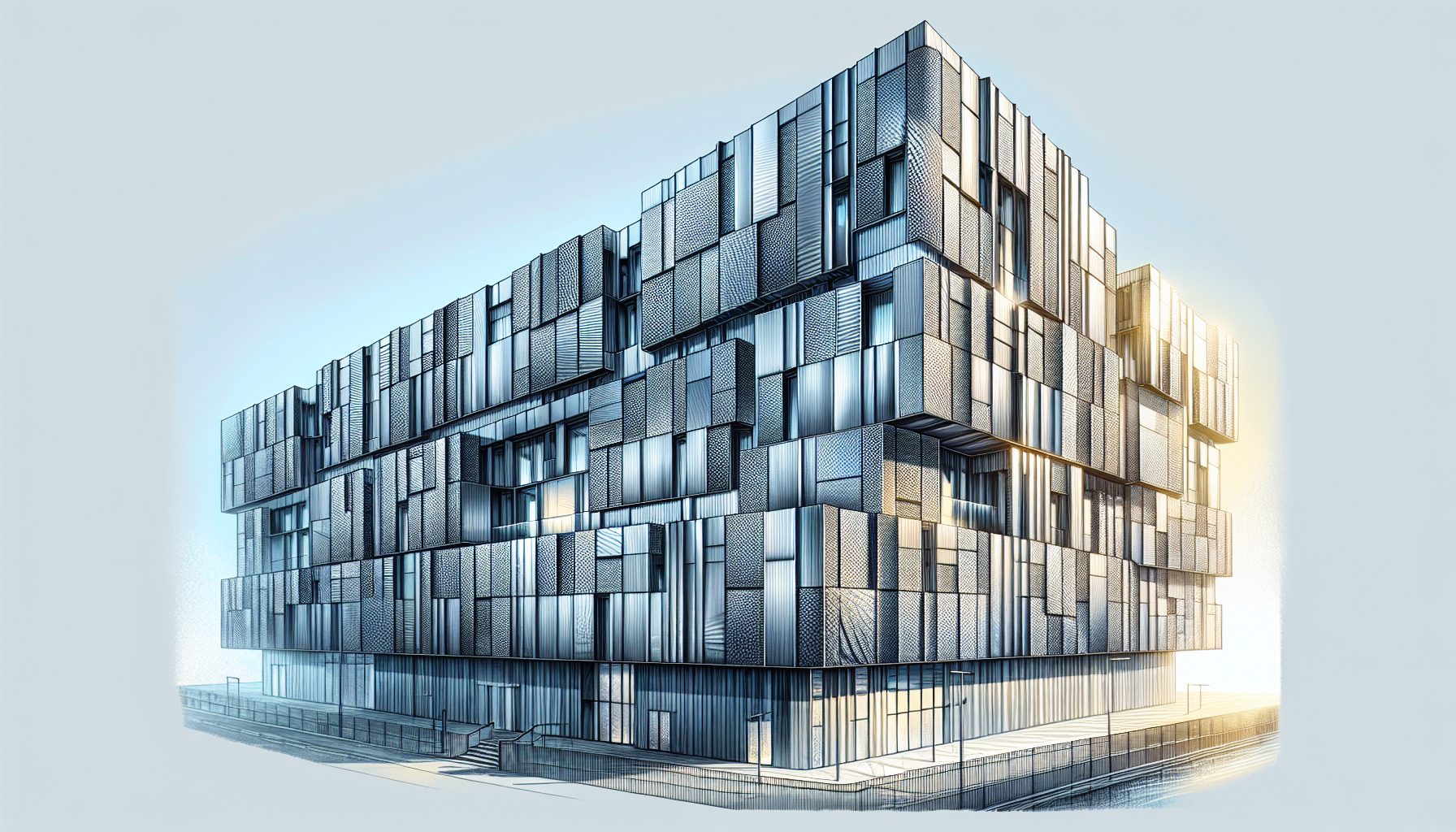
One of the standout benefits of metal cladding is its remarkable durability. Unlike traditional materials, metal cladding is highly resilient to:
- Water damage
- Corrosion
- Fire
- Pests
- Adverse weather conditions
This makes it an excellent choice for long-term applications. Steel wall cladding sheets, in particular, boast exceptional durability, reducing the need for frequent replacements or major repairs. This durability translates to significant long-term savings.
The aesthetic appeal of metal cladding also makes it a compelling option. Modern metal cladding sheets offer an attractive fusion of tradition and contemporary design possibilities. Metal cladding can enhance the visual appeal of any building, from sleek commercial structures to quaint residential homes. This versatility makes metal cladding a favored choice among architects and builders looking to create visually striking exteriors. Some of the finishes and styles available for metal cladding include:
- Smooth
- Textured
- Ribbed
- Corrugated
- Perforated
With these options, you can create a unique and eye-catching look for your building.
Lastly, the low maintenance requirements of metal cladding cannot be overstated. Unlike wood, stone, or painted surfaces, metal cladding requires minimal upkeep to maintain its appearance and functionality. This ease of maintenance not only conserves resources but also ensures that the building retains its aesthetic appeal over time. With a lifespan of over 50 years, metal cladding reduces the frequency of replacements and subsequent waste, making it a sustainable option for building exteriors.
Specifications of Wall Cladding Sheets
Grasping the specifications of wall cladding sheets is key when choosing the most suitable material for your project. Metal cladding sheets come in various gauges, profiles, and materials, each offering distinct advantages. For instance, Prestige Industrial Roofing Supplies offers a diverse range of options, including corrugated metal wall panels, aluminium metal wall sheeting, and galvanized steel sheets. These materials cater to different applications, from industrial units to residential buildings.
The thickness of wall cladding sheets is a key specification to consider. Box profile wall cladding sheets are available in gauges of 0.5mm and 0.7mm, with the former recommended for side cladding due to its lightweight nature. Corrugated wall cladding sheets, available in gauges of 0.4mm, 0.5mm, and 0.7mm, offer flexibility for various structural requirements.
The depth and spacing of profiles also play a role in the sheet’s performance. For example, each box profile sheet consists of:
- Six small profiles
- Five flat parts
- Profiles being 32mm deep
- Profiles being 200mm apart.
Types of Metal Cladding Profiles
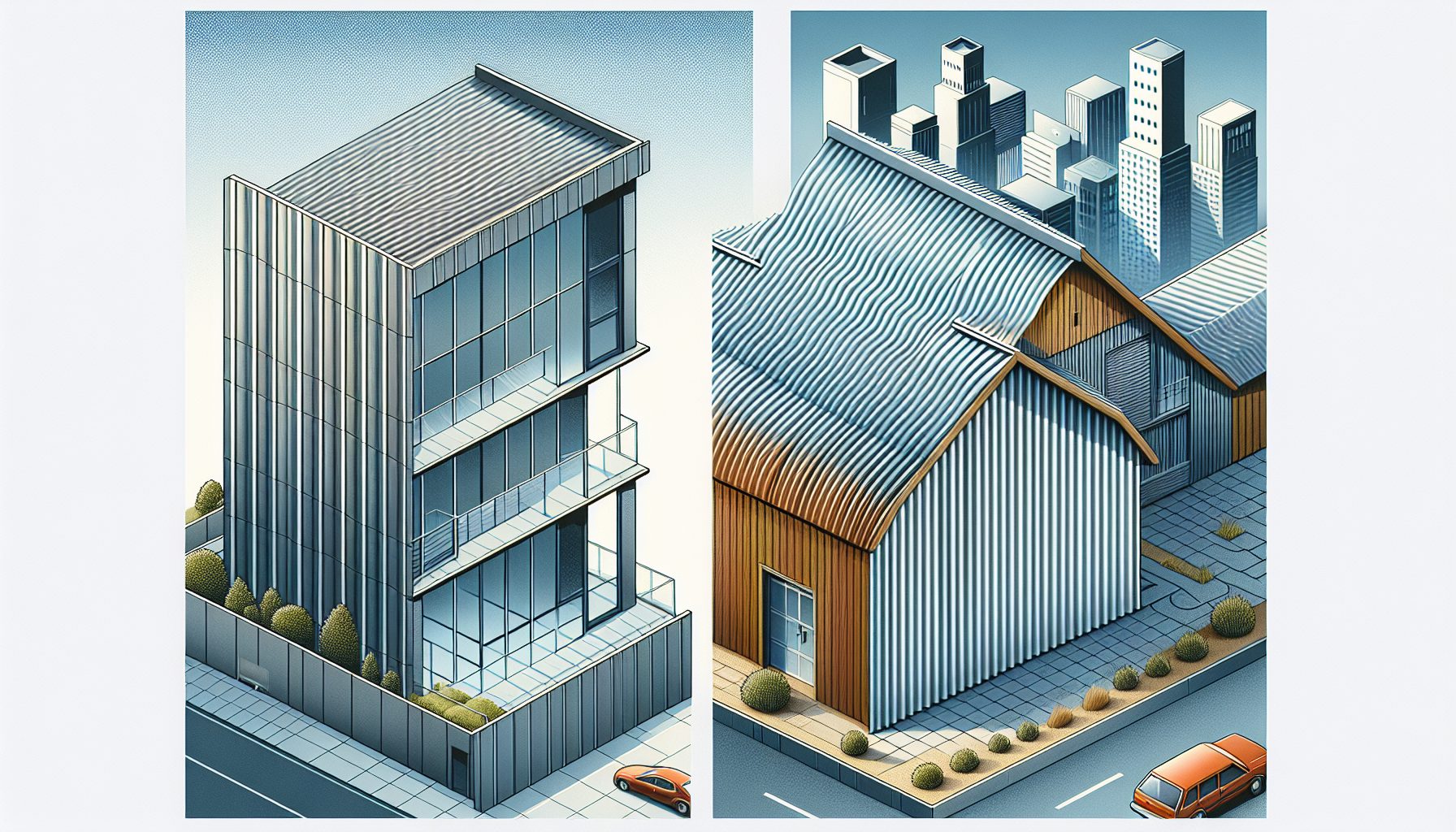
When it comes to metal cladding profiles, two popular options stand out: box profile and corrugated sheets.
Box profile metal wall cladding panels, including aluminium panels, are a modern alternative to traditional corrugated sheets and are available as galvanised steel wall cladding. With a robust design, box profile sheets of 0.7mm thickness are particularly suitable for roofing due to their enhanced durability. These sheets are commonly used in:
- industrial units
- warehouses
- workshops
- garden buildings
Corrugated steel wall cladding sheets are preferred for their classic look and are often used in conservation areas to maintain the traditional aesthetic. These sheets are ideal for:
- Barns
- Farm and storage buildings
- Stables
- Workshops
Each profile offers a full range of unique visual and functional benefits, allowing builders to choose the best fit for their specific needs.
Finishes and Coatings for Cladding Sheets
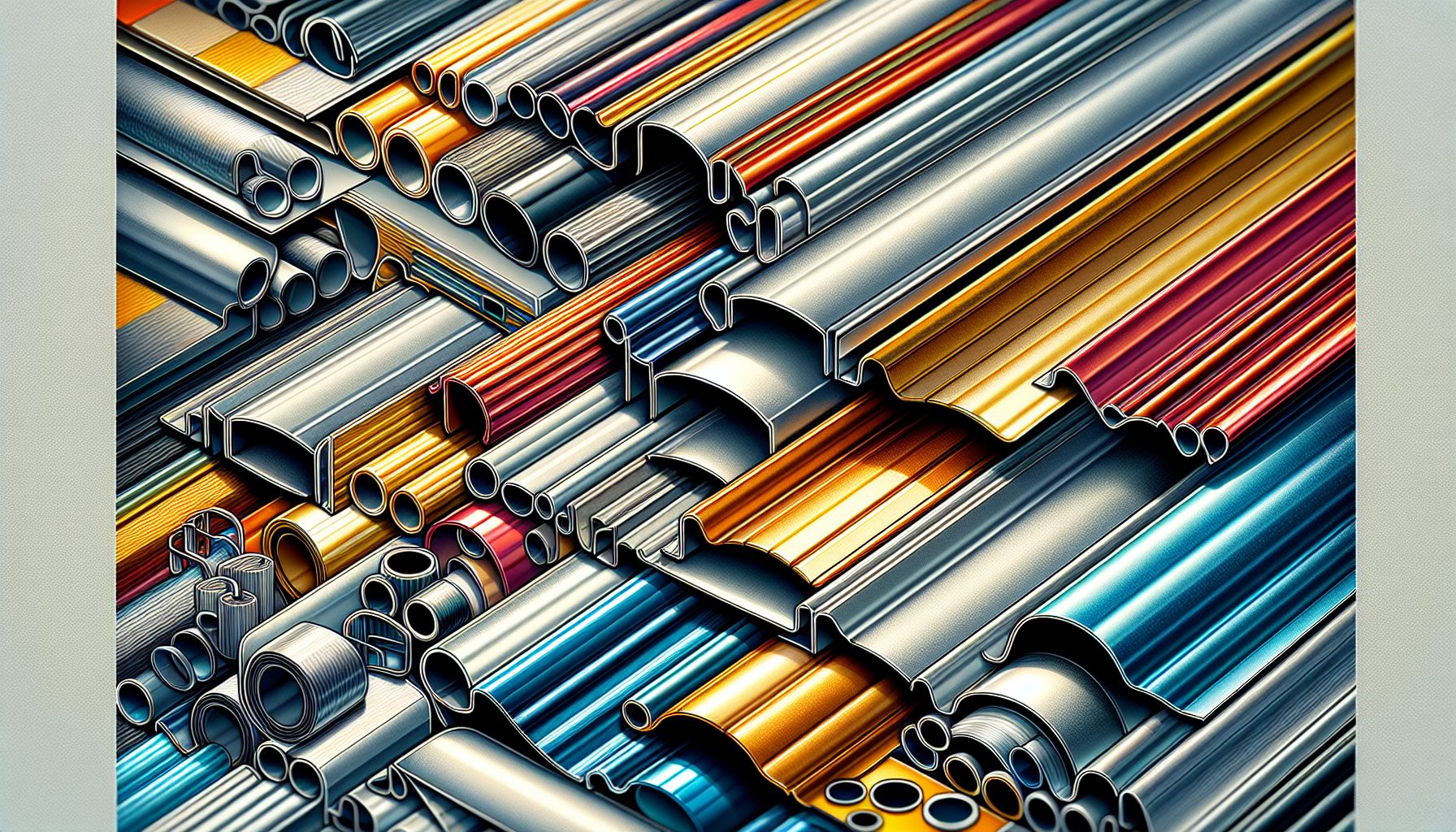
The right finish and coating can significantly enhance the durability and aesthetic appeal of metal cladding sheets. PVC plastisol coatings, for example, are recommended for buildings near the sea due to their higher resistance to salt air. This makes them an excellent choice for coastal structures, where corrosion from saltwater is a major concern.
Powder coating, which is another popular finish alongside polyester paint, can provide a guarantee of up to 25 years in normal environments. This makes it a durable choice for many applications. This type of coating not only provides a durable finish but also comes in a variety of colors, allowing for customization to match the building’s design.
Various types of finishes and coatings are available, each designed to enhance the longevity and visual appeal of metal cladding sheets.
Choosing the Right Thickness
It’s imperative to choose the right thickness for metal cladding sheets to guarantee optimal performance and structural integrity. Thinner sheets, such as those with a gauge of 0.5mm, are often more suitable for wall cladding applications. These sheets provide adequate protection without the need for enhanced structural support, making them a cost-effective option for exterior walls.
For roofing applications, thicker sheets are recommended due to their increased durability. Sheets with a gauge of 0.7mm are typically used for roofing, as they can withstand heavier loads and harsh weather conditions. The choice of thickness also affects the maximum length of the metal sheets, with 0.7mm sheets available up to 9 meters and 0.5mm sheets up to 7 meters.
Installation Techniques
Correct installation of metal cladding sheets guarantees a secure and weather-resistant finish. When positioning battens, it is important to ensure they are at least 50mm wide to easily fix sheets and spaced no further than 1.2m apart for 0.7mm thickness sheeting. This spacing helps in maintaining the structural integrity of the cladding.
Positioning each sheet so that it extends over the bottom purlin and eaves is essential for proper water drainage. This allows rainwater to drain into a gutter or beyond the wall, preventing water ingress. For end laps, a minimum sheet overlap of 250mm should be supported by a purlin beneath the lap. Using self-drilling TEK screws with a 5/16th hex-head and a stainless steel washer with a bonded neoprene pad ensures optimal performance and sealing.
When laying metal cladding sheets, follow these steps:
- Start from the eaves and in the corner away from the direction of the prevailing wind.
- Ensure the first few sheets are not fully fixed until correctly aligned to prevent side laps facing into the wind and water ingress.
- These wall cladding sheets can be installed both vertically and horizontally, providing versatility in design.
Maintenance of Metal Cladding
Preserving the appearance and lifespan of metal cladding is straightforward. Here are some tips:
- Regular cleaning is key to maintaining its appearance and prolonging its lifespan.
- Use a soft bristle brush to clean the surface of metal cladding and remove dirt, cobwebs, and rain spots.
- For stubborn dirt, only water should be used to avoid damaging the material and its coating.
For high-level cladding, the following steps are recommended for safety and effectiveness:
- Use a ‘Reach and Wash’ system with purified water.
- Regularly inspect the cladding to remove any debris, rust, and scratches during maintenance, preventing long-term damage.
- Remove any excess material, known as swarth, to maintain the cladding’s integrity.
Overcoming Common Challenges
Tackling common challenges like thermal movement, wind loading, and corrosion is fundamental for the enduring performance of metal cladding systems. Movement joints must accommodate the combined effects of construction tolerances with thermal and moisture movements. This ensures that the cladding system remains intact despite temperature fluctuations and environmental conditions.
Wind loading is another significant challenge, especially for copings on parapet walls. These need careful design for load resistance and thermal movement. Securing the right attachment of fixings in heavy panels is necessary to avoid overloading fixings.
Additionally, understanding the interaction between cladding panels and supporting structures helps in avoiding misalignment and ensuring a robust installation.
Cost-Effectiveness
Metal cladding offers long-term cost savings, making it a cost-effective solution for building exteriors. From the start to the completion of a project, metal cladding is budget-friendly. Its longer lifespan and reduced need for replacements mean that initial investments pay off over time.
The low maintenance requirements of steel cladding sheets further contribute to their cost-effectiveness. Compared to other materials like concrete and wood, metal sheet cladding is cheaper to maintain. The durability of metal cladding also reduces costs associated with frequent repairs and maintenance, making it a smart financial choice for long-term projects.
Applications of Metal Cladding
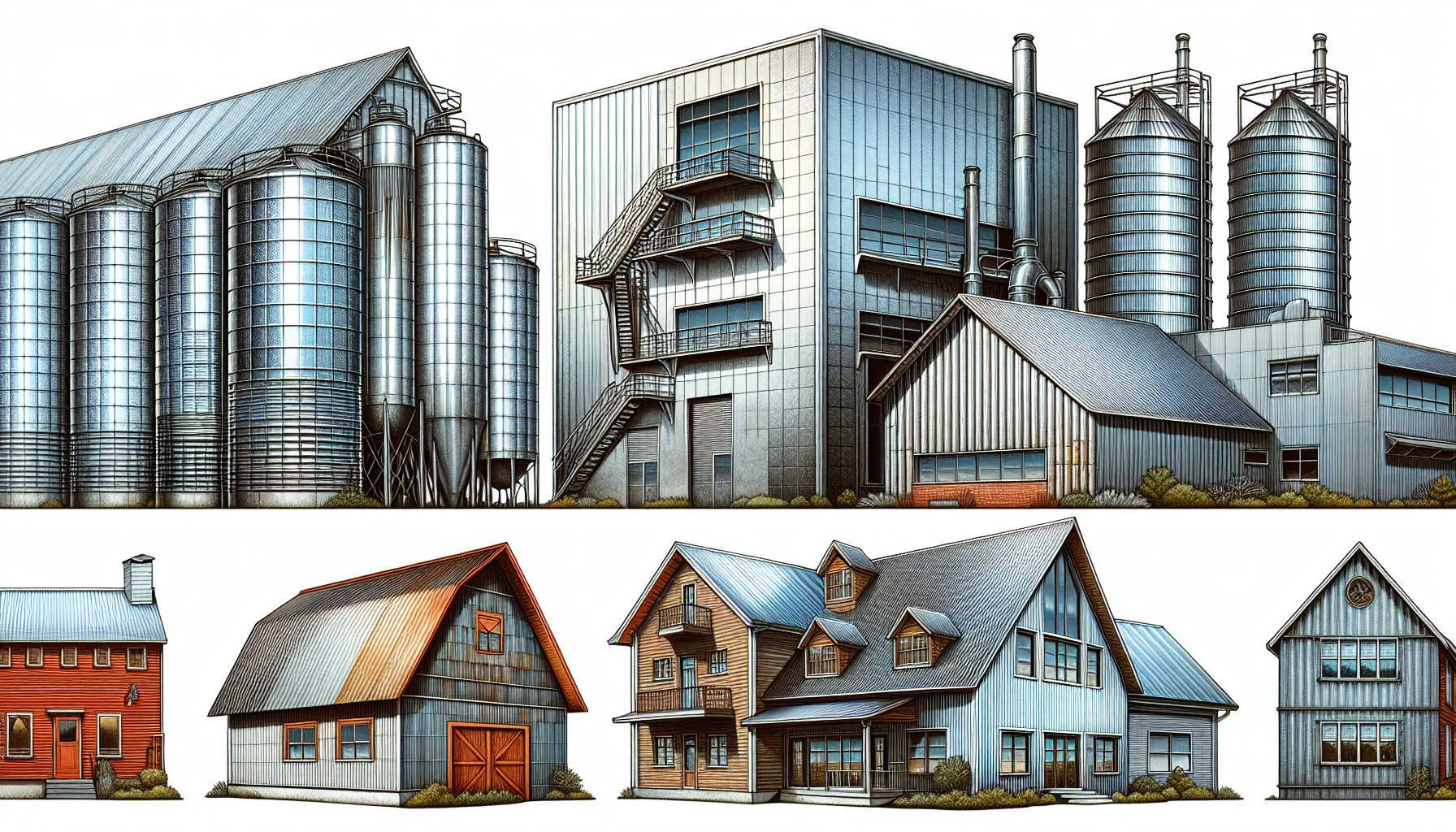
The versatility of metal cladding makes it suitable for various building types, including:
- Industrial structures, which often use metal cladding due to its durability and low maintenance requirements
- Agricultural buildings, which benefit from metal cladding’s resistance to weather and pests
- Commercial structures
- Residential structures
Garden buildings also utilize metal cladding for its aesthetic appeal and longevity. In conservation areas, metal cladding blends well with both modern and traditional designs, making it an ideal choice. Urban commercial buildings, such as schools, offices, and airports, often use metal cladding for its sustainability and variety of styles.
Popular Colours and Styles
A wide range of colours and styles are available for metal cladding, allowing for customization and enhanced aesthetic appeal. Some popular colours include:
- Juniper Green: a natural, earthy tone that blends well with outdoor environments
- Goosewing Grey: a neutral and modern appearance that suits contemporary architectural designs
- Slate Blue: a unique and stylish look that adds a touch of sophistication to building exteriors.
Environmental Impact
Metal cladding offers several benefits, including:
- It can be made from recycled materials, making it an environmentally friendly choice.
- Materials such as steel and aluminium are highly recyclable, allowing old cladding to be repurposed when replaced.
- The reflective surface of metal cladding helps in reducing heat gain during summer, leading to lower cooling costs.
- It can support insulation systems, enhancing energy efficiency and reducing heating costs in colder seasons.
Many metal cladding products carry sustainability certifications like Energy Star and LEED, validating their environmental benefits. Metal cladding is also compatible with solar panel installations, aiding in the reduction of fossil fuel dependence. The smooth surface of metal cladding is ideal for rainwater harvesting systems, which can considerably reduce water consumption.
Summary
In summary, metal cladding offers a combination of durability, aesthetic appeal, and cost-effectiveness that is hard to beat. Its versatility and low maintenance requirements make it suitable for various applications, from industrial units to garden buildings. With a wide range of finishes and coatings available, metal cladding provides both protection and beauty to any structure. Consider metal cladding for your next project and experience the benefits first-hand.
Frequently Asked Questions
What are the main advantages of metal cladding?
Metal cladding provides durability, low maintenance, aesthetic appeal, and cost-effectiveness, making it a practical option for different types of buildings.
How do I choose the right thickness for metal cladding sheets?
Choose the thickness of metal cladding sheets based on the application: opt for 0.5mm for wall cladding and 0.7mm for roofing for better durability.
What are the popular finishes and coatings for metal cladding sheets?
Some popular finishes for metal cladding sheets are PVC plastisol and powder coating, both of which improve durability and aesthetics.
How is metal cladding environmentally friendly?
Metal cladding is environmentally friendly because it can be made from recycled materials and supports energy-efficient systems, providing insulation in winter and reducing heat gain in summer.
What are the common applications of metal cladding?
Metal cladding is commonly used in various types of buildings due to its durability, low maintenance, and aesthetic flexibility. It is widely applied in industrial, agricultural, commercial, and residential settings.
Comments are closed